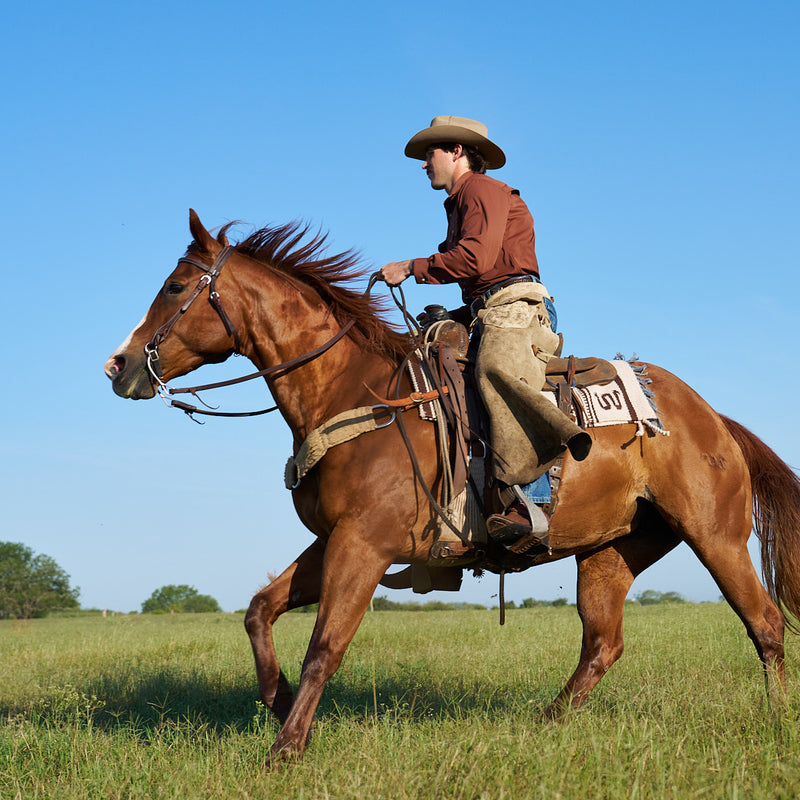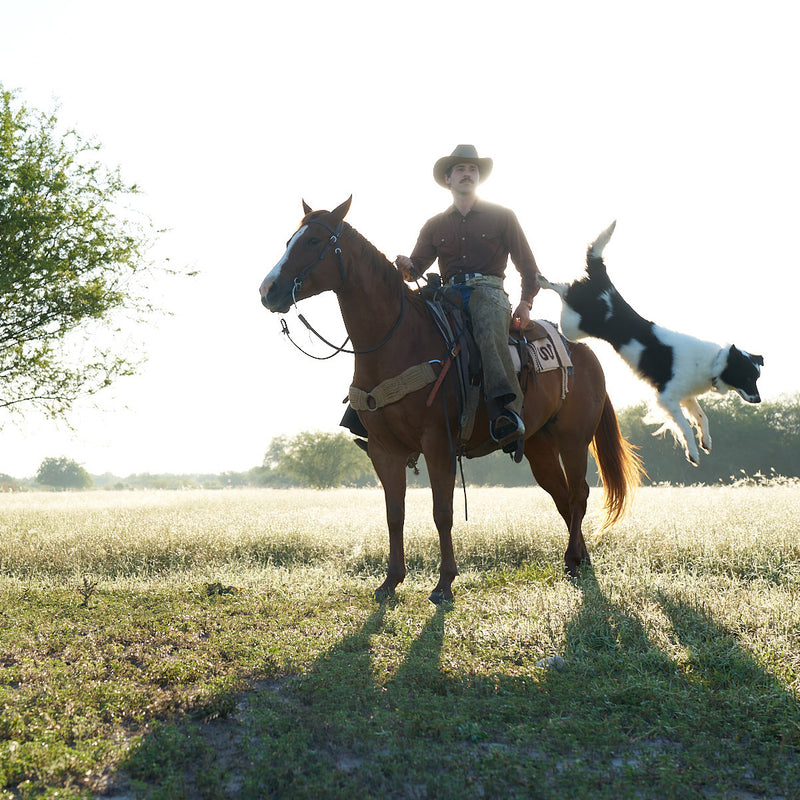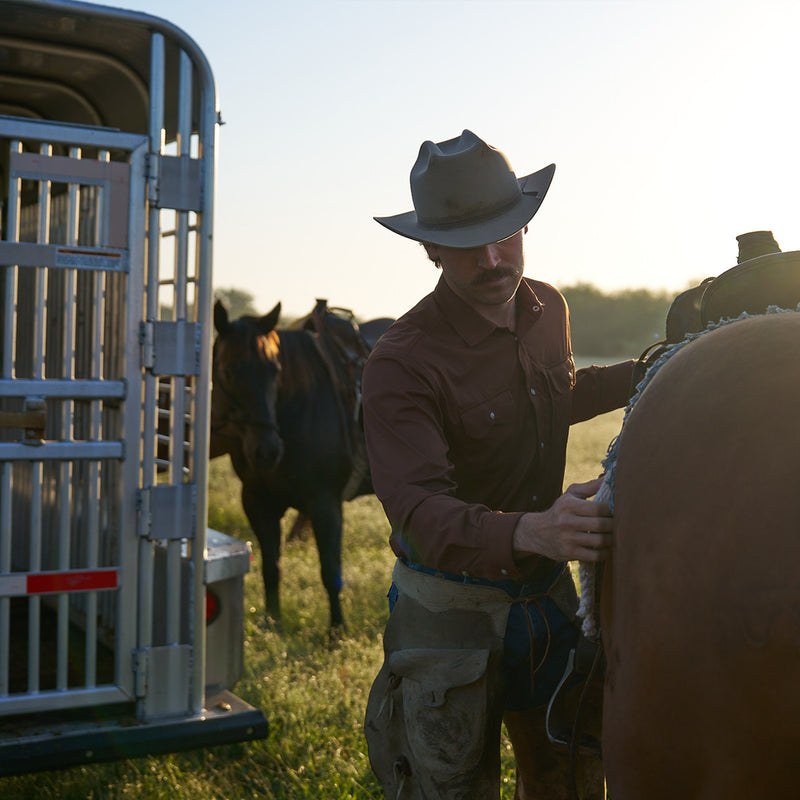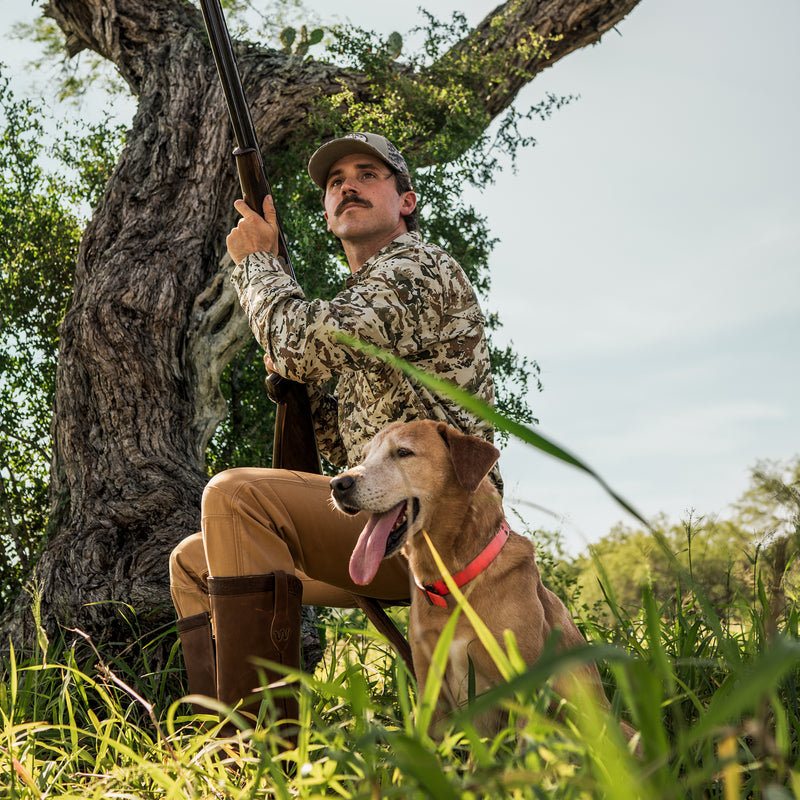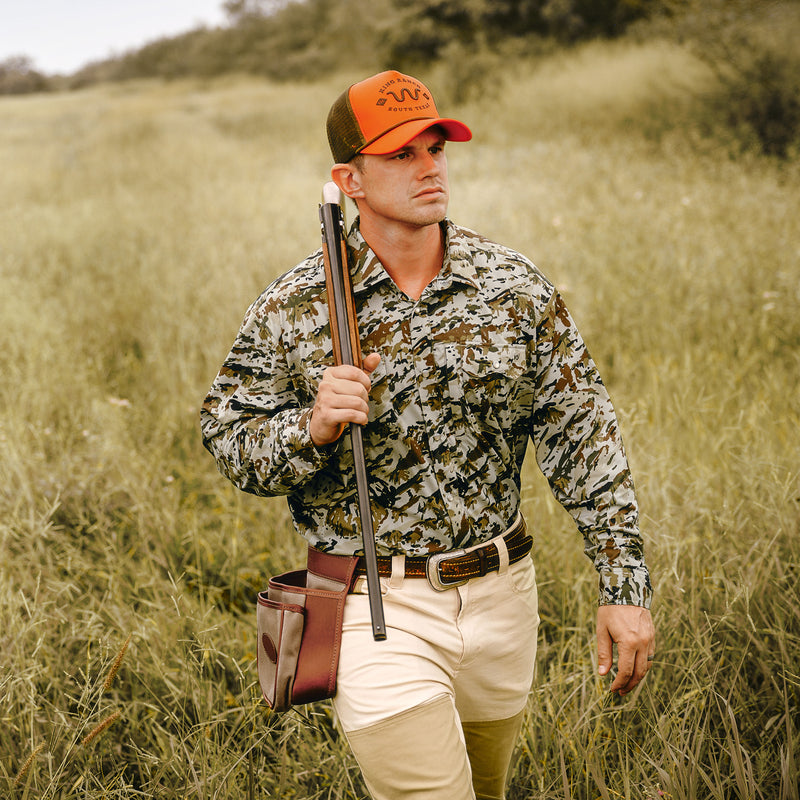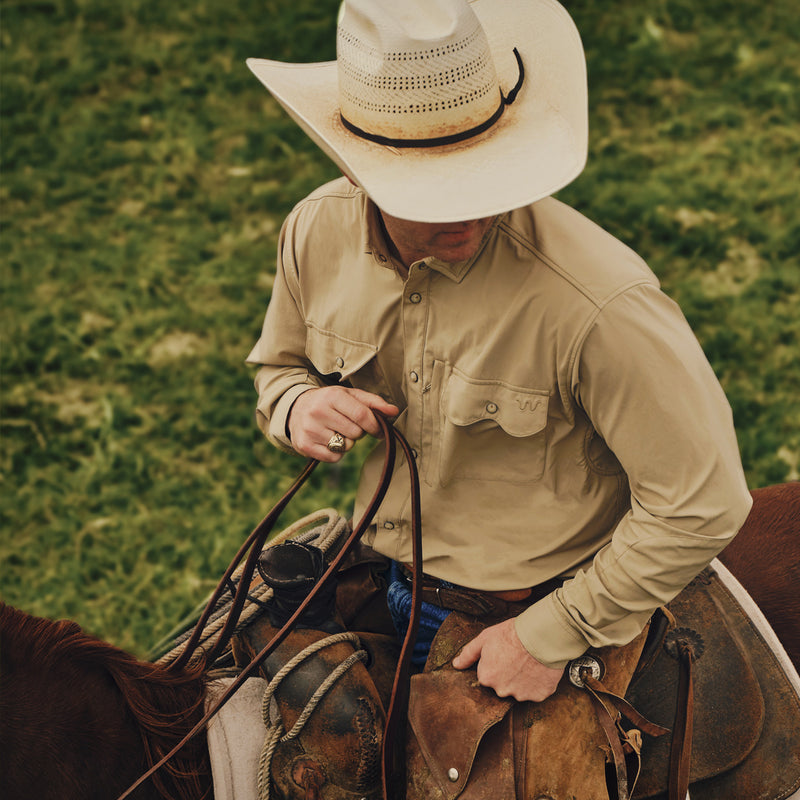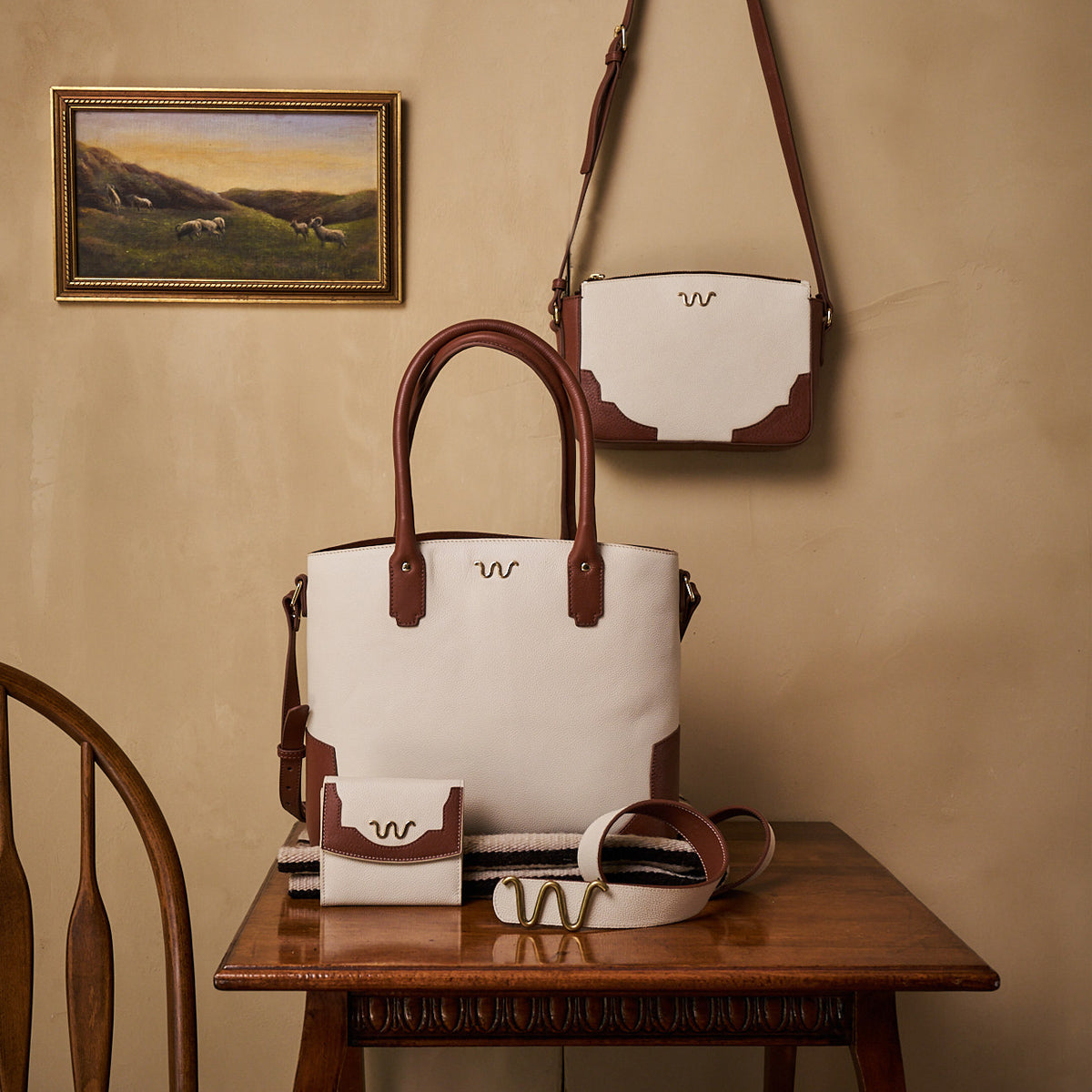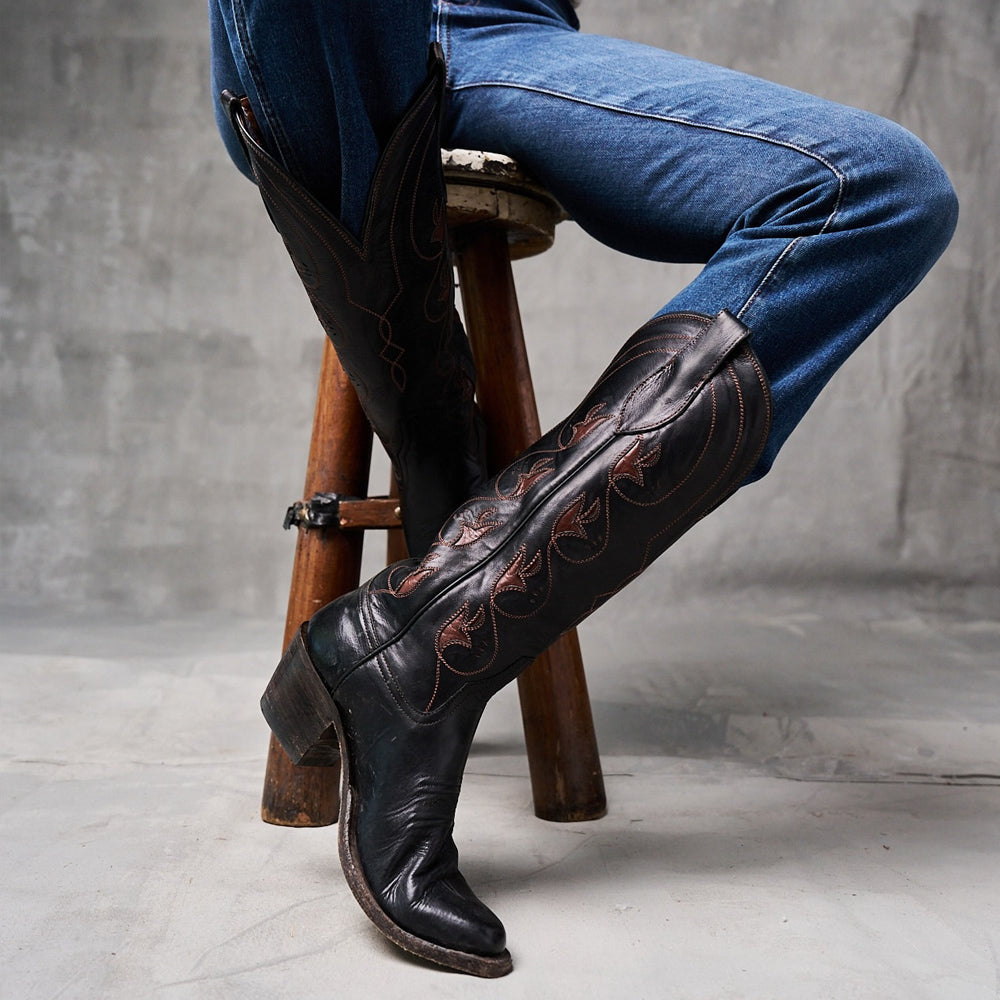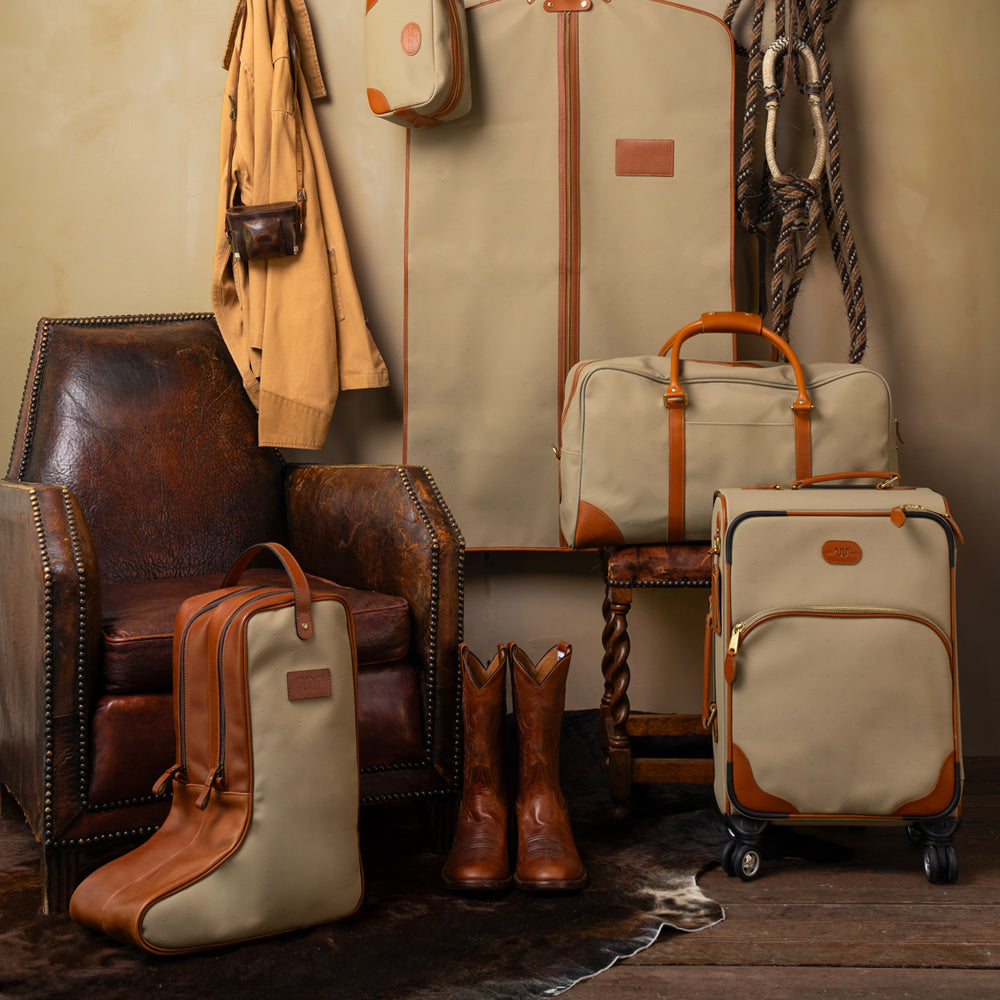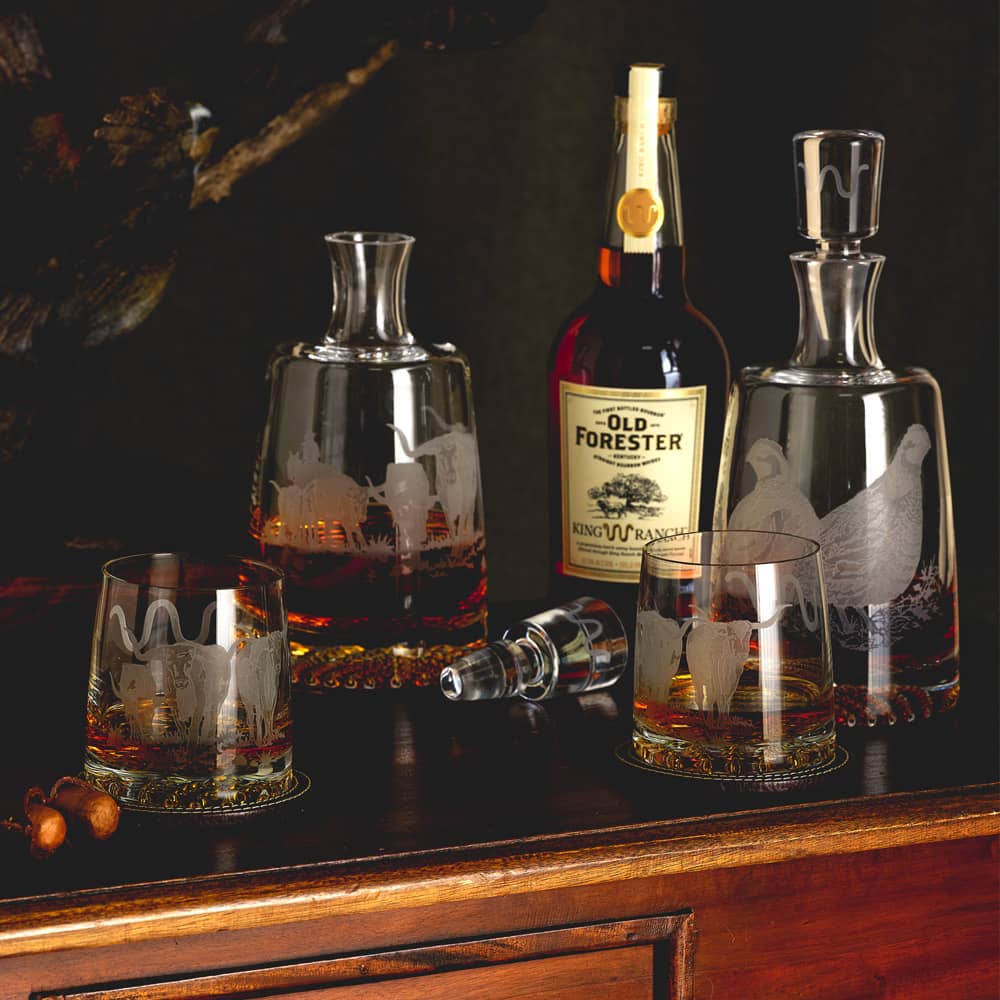It is difficult to imagine what was running through Richard King’s mind the first time he rode through the Wild Horse Desert between Brownsville and Corpus Christi, but it’s safe to say that he saw promise in the grassy pasture and scrub of the South Texas landscape. A stowaway at 11, King leaned into the steamboat trade of mid-19th Century America and made the most of every opportunity, establishing a reputation, an expertise, and a series of strategic partnerships that found him saddled and traveling through South Texas in search of opportunities.


While little is known with certainty, Tom Lea’s comprehensive history of King Ranch (available here for purchase) suggests that Captain King approached the new and seemingly endless terrain with an informed perspective, though not one limited to the subsistence farming and cattle operations characteristic of the time. King saw the bountiful grasslands as a naturally regenerating resource feeding the cattle that grazed upon it and growing more profitable with each passing year. As he had so many times in his young life, King recognized opportunity, and he seized it. The opportunity, though, was not the real estate. King saw a rising demand for beef across an expanding American West, and is success with steamboats suggested a successful business could be built by cultivating the best possible product and by developing the means to deliver that product to market. And the American ranching industry was born.

You will notice that the landscape in the pictures doesn’t resemble the same that first caught the eye of Captain King more than a century and a half ago. Instead of Texas, we’ve chosen to venture west to Oregon, to another high desert, and one that also carries a unique American history. The ancestral home of Chief Joseph and the Nez Perce, Wallowa County has long been prime grazing land for cattle. The Zumwalt Prairie features prominently, and The Nature Conservancy depends on the seasonal grazing of cattle to maintain the pristine condition of what has been designated a National Natural Landmark.

Among the prominent ranchers in Eastern Oregon is Dan Probert, whose family is into their fifth generation of American ranching. Several years ago, the Probert Family acquired the Lightning Creek Ranch and entered into a conservation easement with The Nature Conservancy and other partners. Doing so made it easier for the Proberts to keep the family ranching and to keep the ranch in the family. In addition to ranching, Dan has been very active with Country Natural Beef and the Global Animal Partnership, two organizations in pursuit of best ranching practices that serve both ranching families and the consumer base that depends on their high-quality products. If that mission sounds familiar, it is closely aligned with that of the King Ranch Institute for Ranch Management. So closely, in fact, that Dan Probert has been a featured speaker at previous KRIRM events, and he’s returned the favor by inviting us to explore his ranch as a backdrop for this catalog.

Through outreach and practical association with a growing network of ranchers across the globe, Captain King’s original vision gets brighter and broader every day, and that sort of expansion trickles down into the products that we develop for the King Ranch Saddle Shop. We build for ranchers, but we also develop innovative products for big game hunters in Wyoming, quail hunters in the Red Hills of Southwest Georgia, and cowboys and cowgirls who saddle up to find cows or simple peace of mind. We build to the toughest standards, the unforgiving landscape of South Texas, but we do so to ensure that our products are equally suited to the needs of ranchers across the country. We cater to folks who like to work hard because they like to play hard, people who need clothing and accessories made with timeless lines, durable materials, and dependable construction. We build all that in before we brand it with the Running W.


Previous Article
The Opportunity of Democracy
Next Article
Assault On The Triple Crown









